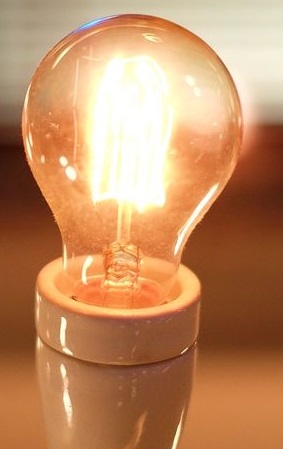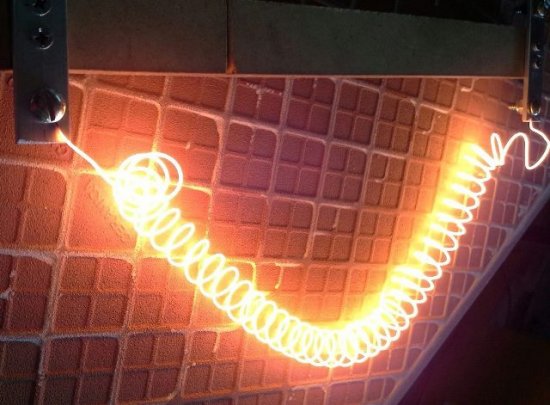Power and electrical energy
Electric energy is the potential work that an electric charge can do in an electromagnetic field. For a while, electrical energy can be stored in a capacitor, in a current coil, you can even in a vibrating circuit… And ultimately, electrical energy can be converted into mechanical or thermal energy, into the energy of discharge, glow, etc.
In general, when the phrase "electrical energy" is uttered, it may be meant capacitor charge or battery, or you can — the number of kilowatt-hours wound by the meter. In any case, it is always a question of measuring a certain amount of work already done by electricity, or that which is yet to be done. In one way or another, electrical energy is always the energy of an electrical charge.

If an electric charge is at rest (or moving along an equipotential trajectory) located in an electric field, then we speak of the potential energy A, which depends on the Q fee amount (measured in coulombs) and from the potential difference U in the field, between the point where the charge is at the initial instant and the point relative to which the energy of the given charge is calculated.
Potential electric energy is related to the position of the charge in the electric field. For example, 1 coulomb of charge (6.24 quintillion electrons) with a potential difference (voltage) of 12 volts has an energy of 12 joules. This means that when moving under these conditions all this charge from a point with a potential of 12 volts to a point with a potential of 0 volts, the electric field will do work A equal to 12 J. When the charge moves, then we talk about the kinetic energy of the carrier of charge or energy electric current.

When a charge moves under the action of an electric field, from a point of higher potential to a lower potential, the electric field does work, the potential energy of the charge decreases, becoming the energy of the magnetic field of the moving charge and the kinetic energy of the moving charge is a charge carrier.
If, for example, charged particles move under the influence of external forces (for example, The EMF is generated by the battery) inside a tungsten spiral, they overcome the resistance of the spiral substance, interact with tungsten atoms, collide with them, rotate them as the spiral heats up, heat is released and light is emitted. Hitting the substance of the spiral, the charged particles lose their kinetic energy, the energy of the particles moving under the influence of external forces is now converted into the heat energy of the vibrations of the crystal lattice of the spiral and into the energy of electromagnetic waves of light.

When we talk about electrical energy, we mean the rate of conversion of electrical energy. For example, the conversion rate power plant energy when powered by a 100-watt incandescent lamp, it equals 100 J / s — 100 joules of energy per second — has 100 watts. Usually, to find the power, the current I and the voltage U are multiplied. This is done because the current I is the amount of charge Q passed through the consumer in a time t equal to one second. Voltage — the difference is the same potential difference that the charge has overcome. So it turns out that the power W = Q * U / t = Q * U / 1 = I * U.
The power rating of a power supply is usually limited by the voltage across its terminals and the current that the power supply can deliver in rated mode. User power is the rate at which electricity is consumed at rated voltage applied to the user's terminals.
The Energy and Power of Electric Current Screen Tutorial Factory Filmstrip:
Energy and power of electric current - 1964


